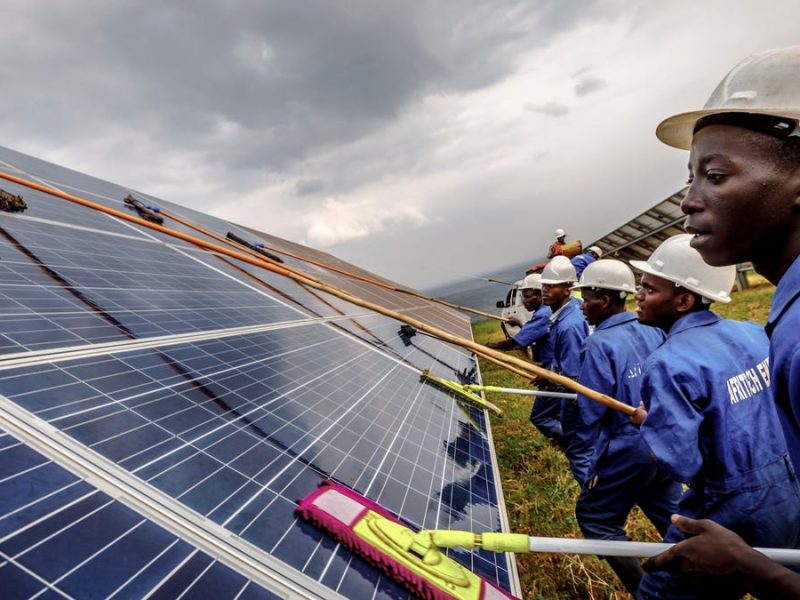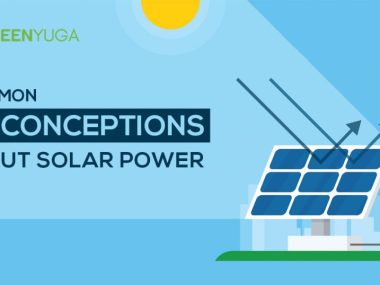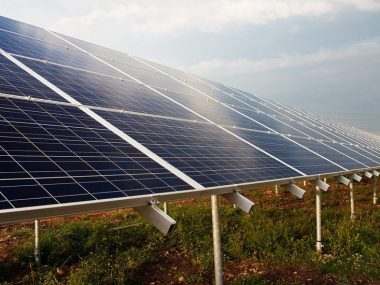- As the global focus shifts towards sustainable energy sources, solar power stands out as a frontrunner in the renewable energy landscape. Solar energy systems harness the abundant power of the sun to generate electricity, offering clean, reliable, and cost-effective energy solutions. However, to ensure the longevity and optimal performance of solar energy systems, proper maintenance is essential. In this introduction, we will explore the key maintenance requirements necessary to safeguard the efficiency and effectiveness of solar energy systems.
- Maintenance of solar energy systems is crucial to maximize energy production, extend the lifespan of components, and protect the investment made in renewable energy infrastructure. From routine cleaning to professional inspections, various maintenance tasks play a vital role in ensuring the smooth operation of solar energy systems.
Maintenance requirement for solar energy systems
Ensuring the optimal performance and durability of a solar energy system is paramount. Here are maintenance guidelines for such systems:
Routine Cleaning:
Solar panels tend to gather dirt, dust, and bird droppings over time, diminishing their efficiency. Regularly clean them with water and a soft brush or cloth to optimize energy production.
Performance Monitoring:
Utilize monitoring software or tools provided by installers to track system performance. Timely detection of issues like energy production drops can signal potential system problems.
Component Inspection:
Periodically examine all system elements—panels, mounting racks, inverters, and wiring—for damage, corrosion, or wear. Swiftly replace any defective parts to prevent further complications.
Shade Prevention:
Ensure structures like trees or buildings don’t cast shadows on panels, as shading significantly reduces energy output. Trim overhanging branches or remove obstructions causing shading.
Inverter Care:
Inverters, vital for converting solar-generated DC electricity into usable AC power, require regular checks for functionality. Address any malfunctions or error codes promptly.
Battery Maintenance (if applicable):
If the system includes battery storage, adhere to manufacturer guidelines for regular inspections. This entails checking connections, electrolyte levels, and ensuring proper ventilation.
Professional Inspections:
Arrange periodic assessments by qualified technicians to evaluate system condition and performance. Early identification of potential issues allows for timely maintenance or repairs.
Software Updates (if applicable):
Stay current with software updates for systems featuring monitoring and optimization software. This ensures access to the latest features and security patches.
Understanding Warranty:
Familiarize yourself with warranty terms provided by installers or manufacturers. Know the necessary maintenance tasks for warranty coverage and how to address arising issues.
Weatherproofing:
Protect system components from environmental elements like rain, snow, and extreme temperatures. Proper weatherproofing ensures longevity and sustained performance.
- Adhering to these maintenance practices enables solar energy system owners to optimize performance, efficiency, and lifespan, thus maximizing their investment in solar energy.











